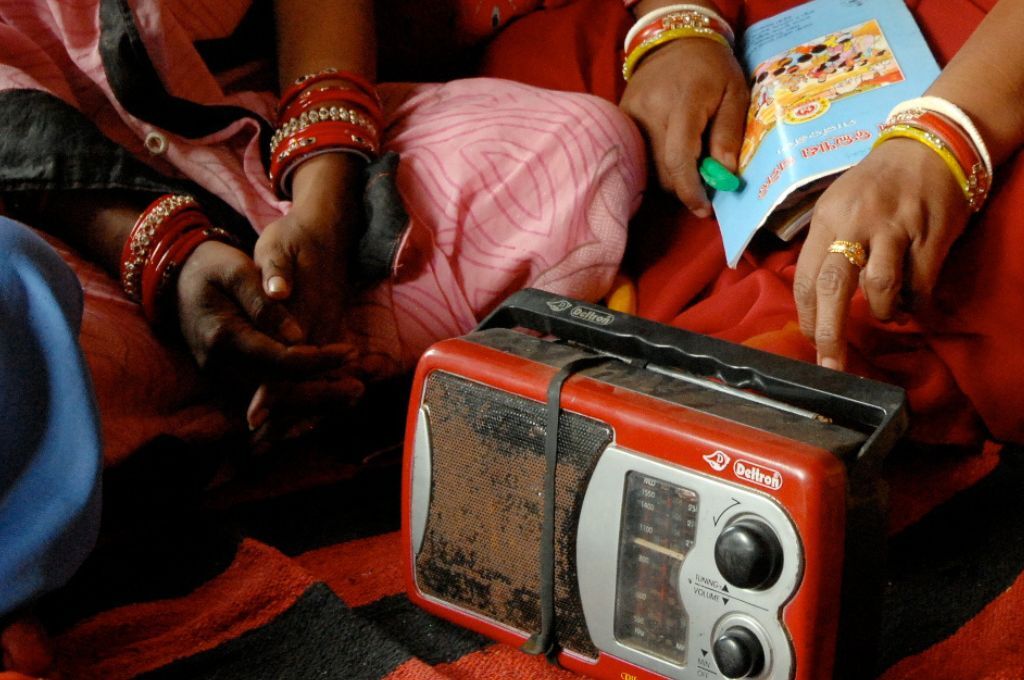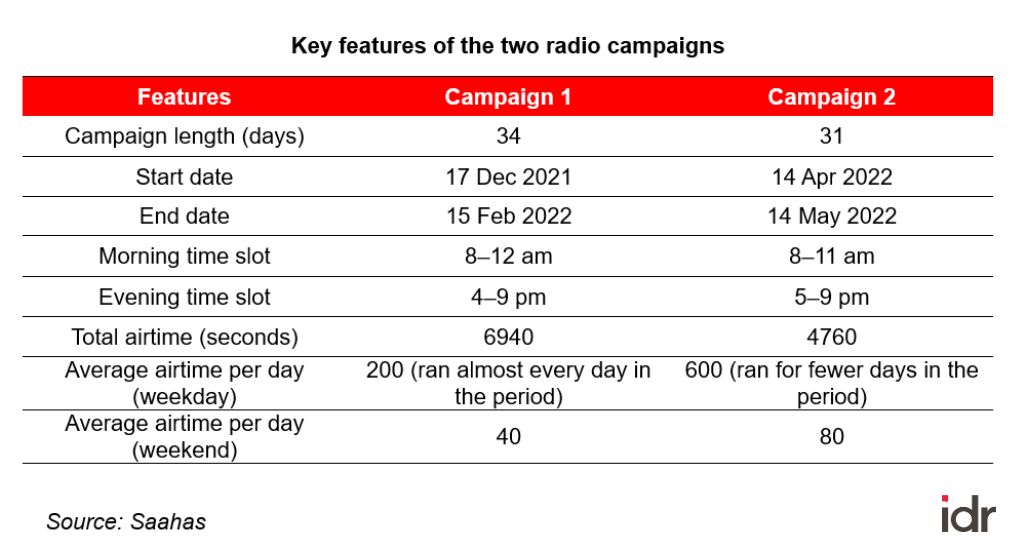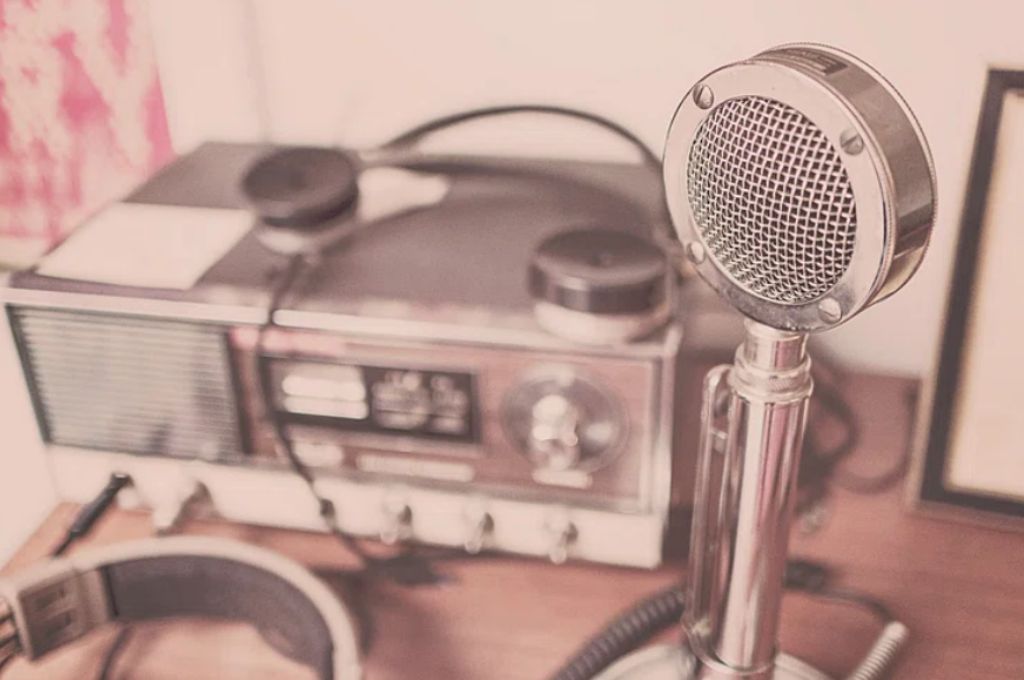Although the use of electronic devices has increased globally, the life cycles of these gadgets have reduced. As a result, the amount of e-waste being generated is at an all-time high—India stands third in e-waste generation globally, and this has serious health and environmental implications. According to a study, people living in regions that are exposed to e-waste experience hormone-level alterations, DNA lesions, inhibited vaccine responsiveness, and altered immune function.
To address this issue, the 2011 e-waste rules introduced the concept of extended producer responsibility, which mandated that producers must ensure that the e-waste generated by their products is collected and recycled formally. However, the informal sector continues to be the most cost-effective in collecting e-waste from non-bulk generators such as households, shops, and small businesses, which look to maximise their earnings by selling e-waste. A 2020 report indicated that only 5 percent of e-waste has been recycled formally by authorised recyclers.
A large percentage of electronic goods are consumed by non-bulk generators—approximately 82 percent of the estimated e-waste generated in the country is in the form of personal gadgets such as smartphones and laptops. And while there are regulations in place, it is impossible to monitor the behaviour of millions of these small generators.
One way to improve compliance by non-bulk generators is to build awareness on the ill-effects of informal recycling, and how selling e-waste makes it unviable to be processed formally. Communication campaigns to spread awareness about the issue can play a key role in ensuring that people understand why responsible disposal of e-waste is important and how they can contribute to it. Campaigns geared towards tackling this issue must also capture the attention of a wide audience for a longer duration. This is where traditional modes of mass media such as print, television, and radio come into play.
As a nonprofit working on waste management, Saahas adopted radio campaigns and other modes of community engagement to cultivate greater awareness about the responsible disposal of e-waste. This article outlines the insights we gained through our experience of conducting two radio campaigns from December 2021 to May 2022.
Why radio?
Radio has been used by many government and private entities as a medium for delivering social campaigns and messages. For instance, the Government of India runs its ‘Beti Bachao Beti Padhao’ campaigns on radio to reach citizens across the nation. A Lancet study evaluated the use of radio in rural Burkina Faso and found that it can be a powerful tool for behaviour change when deployed effectively. In addition to this, as a broadcast medium, radio held certain advantages for our campaigns:
- It was cheaper compared to print and television.
- The campaign was geographically focused with a specific call to action for the national capital region (NCR), and city-based radio channels work well in targeting a specific geography.
- Radio has a captive audience—radio jockeys (RJs) have a dedicated following and people don’t tend to switch channels often.
- Unlike print and television, radio cuts across all social strata.

Two campaigns, one message
Our team selected Radio City due to its wide listener base in the target region and the popularity of some of its RJs. The first campaign consisted of 25-second testimonials by volunteers, schoolchildren, teachers, and members of resident welfare associations (RWAs) on why they gave their e-waste to Saahas. All messages ended with a clear call to action where the listeners were informed of a helpline number that they could contact to donate their e-waste. The second campaign was more creative, depicting conversations between anthropomorphised electronics and their owners.
The key difference between the two campaigns was that the content of the latter was designed to appeal to the listener’s emotions and be more relatable.
We chose spots such as RJ mentions, where the RJ would speak about the issue based on talking points supplied by us.
We also chose contextually relevant days such as Health Day, Earth Day, and Environment Day to run the second campaign. Most importantly, we reduced the length and increased the number of total radio spots or ads. Although the overall airtime of the second campaign was shorter, each individual slot was longer and more weekend slots were scheduled.
In addition to this, we chose some special types of spots, including RJ mentions, where the RJ would speak about the issue based on talking points supplied by us. The table below presents a comparison of the features of the two campaigns.

The first campaign resulted in approximately 21 calls on the number that was shared. The callers verified that they had heard about us on the radio. The first call came the day after the first promo went on air. The calls were enquiries about e-waste collection and organising awareness sessions.
We received 34 calls as a result of the second campaign. We began getting these calls two days after the campaign was launched. The quantity and quality of e-waste collected changed significantly between the two campaigns. Approximately 266 kg of e-waste was collected during the first campaign, whereas 1,370 kg of e-waste was collected in the second campaign.
Although the waste collected as part of the first campaign consisted mainly of low-value e-waste such as wires, the waste gathered as a result of the second campaign comprised mostly of information, technology, and communication (ITEW) items in addition to some low-value e-waste. Considering that consumers associate greater monetary value with ITEW items and generally do not give these away for free, this was a big shift in behaviour change. It is important to note, however, that while the second campaign was more effective in terms of eliciting the desired response, it is quite possible that the first campaign helped build momentum for the second campaign’s improved collection.
What we learned
1. Getting the messaging right
We believed that radio can be an impactful medium for a campaign that is focused on a particular geography and where the messaging is uniform regardless of demographics. We tested this hypothesis by designing our campaigns for NCR and ensuring that the call to action was identical for all listeners regardless of age or gender. The first campaign concentrated more on getting schools and RWAs to sign up for e-waste disposal, whereas the second presented users with a strong nudge to view e-waste disposal as an individual responsibility. The significantly improved response that the second campaign received confirmed our initial hypothesis while simultaneously indicating that a call to action that instils a sense of individual responsibility is better suited for radio messaging. It is also important to note that when campaigning for a social or an environmental cause, the issue must not seem overwhelming as this is likely to make people think that any action they take would be futile. This was demonstrated by the fact that we observed a poorer response to testimonials as compared to light-hearted promos.
2. Picking a format that suits the objective of your campaign
While both long- and short-duration spots can be deployed on radio, long-form messaging works better for topics where depth is more important than attracting a wider audience. This is because a long spot cannot be run as frequently and is therefore more likely to reach a small audience. While we included one interview in the first campaign, we chose to avoid long spots altogether for the second one in a bid to reach as many listeners as possible.
RJs have a dedicated fan following that they can influence positively through personalised messaging.
We also commissioned different types of spots. For instance, we utilised RJ mentions where the RJ weaves a discussion about the issue into their on-air conversation. Since people are likely to tune out when a promo is running, RJ mentions serve as a way to discuss an issue before a more attentive audience. RJs also have a dedicated fan following that they can influence positively through personalised messaging. We also commissioned short promos that ran through the day, which were useful due to their recall value and potential to reach a larger audience.
3. Conveying gravity with levity and creativity
Our aim for the first campaign was to create awareness about the dangers of informal recycling. To achieve this, we played testimonials from a diverse set of stakeholders, including schoolteachers, members of RWAs, and recyclers, to inspire people to handle e-waste responsibly. Through the response to the first campaign, we understood that we can only effectively educate and build awareness among listeners if we adopt a more creative approach that can grab their attention.
We therefore introduced more levity to the campaign to avoid sounding preachy. We achieved this by designing the second campaign with quirkier messaging, such as using promos in which electronic devices were depicted as living beings with emotions and feelings.
Making the message topical also helped. For example, our Valentine’s Day promo—that highlighted the ‘lovelessness’ with which electronic devices are discarded—received more traction. Similar topical promos were also carried on Environment Day and Health Day.
Based on our experience, radio proved to be a more cost-effective medium than print or television for social messaging that needs to reach a bigger audience. However, while our aim was to reach as many people as possible with a uniform message, your campaign needs could be different. Therefore, while zeroing in on the right platform and medium for your social cause campaign, you should first define the campaign’s objective in relation to its expected impact. This will help you choose the right medium and platform, and create messaging that is engaging and relatable to your audience.
—
Know more
- Learn more about the need for India to ramp up its e-waste collection efforts.
- Read this article on the lessons from COVID-19 on designing awareness programmes.







